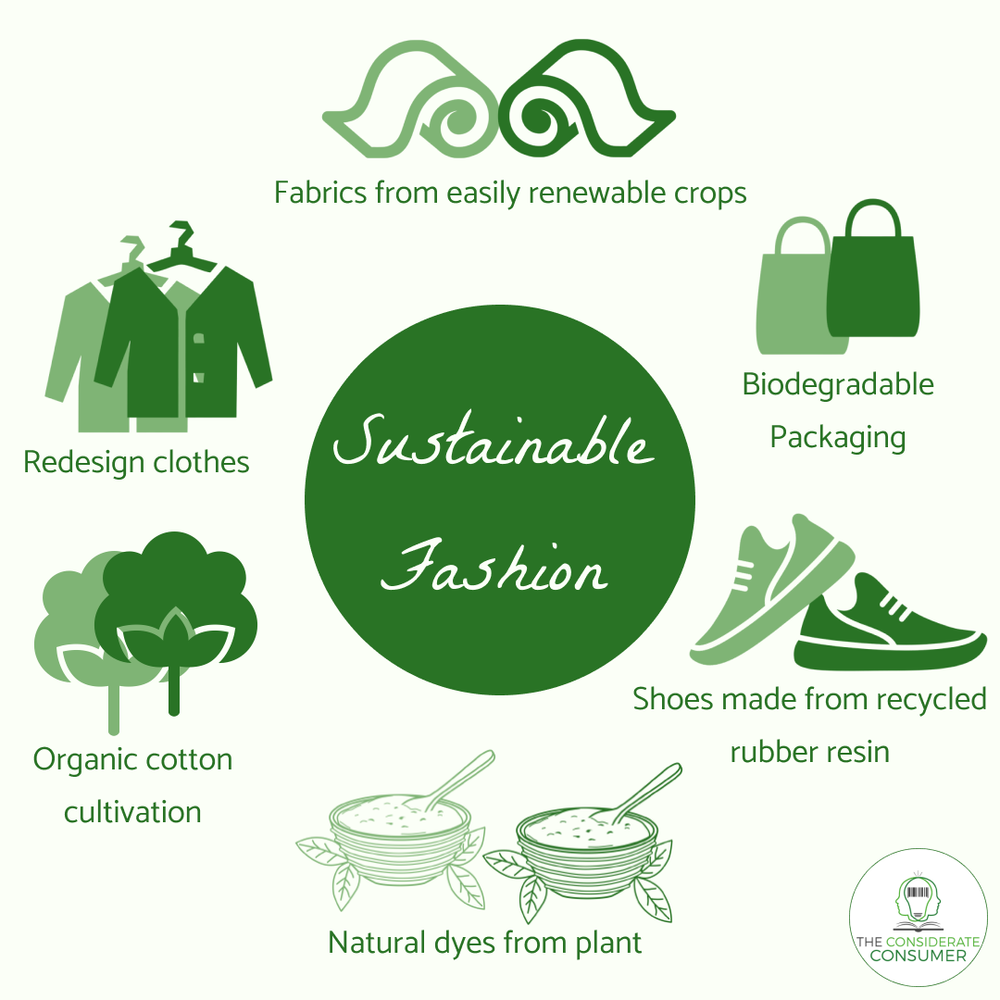GREEN WARDROBE
SUSTAINABLE FASHION
BUILDING A GREEN WARDROBE IS WHAT WE DESIRE!
LET'S SEE SOME EASY STEPS TO BUILD A SUSTAINABLE YET FASHIONABLE WARDROBE
Step 1: Invest in Quality Over Quantity
One of the best ways to create a sustainable wardrobe is by focusing on quality, not quantity. Fast fashion brands often rely on low-cost, low-quality fabrics that wear out quickly, contributing to a cycle of overconsumption. Instead, invest in fewer, but higher-quality pieces that will last longer and stand the test of time.
Why It Matters: Durable clothes made from natural or eco-friendly materials like organic cotton, hemp, and bamboo last longer, reducing the need for constant replacements. Look for garments that are well-made, with sturdy stitching and fabrics that feel substantial.
What to Look For:
- Quality over trend: Classic styles that never go out of fashion.
- Natural fabrics: Organic cotton, linen, and wool.
- Timeless pieces: Items like a well-fitted blazer, a pair of jeans, or a cozy sweater.
Step 2: Shop Second-Hand or Vintage
Buying second-hand clothing is one of the most sustainable ways to shop. By purchasing pre-loved items, you’re giving them a new life and keeping them out of landfills. Plus, second-hand shopping often leads to unique finds that you can’t find anywhere else.
Why It Matters: Second-hand shopping reduces the demand for new clothes and prevents waste. It also helps to lower the carbon footprint of fashion production and transportation.
Where to Shop:
- Thrift stores, consignment shops, or flea markets.
- Local charity shops and vintage boutiques.
Step 3: Support Ethical Fashion Brands
While thrifting is a fantastic option, supporting brands that prioritize ethical and sustainable practices is just as important. These brands focus on minimizing their environmental impact, using eco-friendly materials, and ensuring fair labor practices.
Why It Matters: By supporting ethical brands, you are helping create a demand for fashion that respects both people and the planet. Ethical fashion brands are often transparent about their sourcing and production processes, ensuring that workers are treated fairly and materials are responsibly sourced.
Top Sustainable Fashion Brands:
- Patagonia: Known for its commitment to environmental activism and fair labor practices.
- Reformation: Uses sustainable fabrics and manufactures in small batches to reduce waste.
- People Tree: A pioneer in sustainable fashion, known for its fair trade and organic materials.
Step 4: Embrace Slow Fashion
The slow fashion movement is all about choosing thoughtful, long-lasting clothing over the constant churn of fast fashion. Slow fashion encourages you to buy fewer items, but when you do, make sure they are high-quality, timeless, and versatile.
Why It Matters: Slow fashion emphasizes a more mindful approach to shopping, helping to curb the environmental impact of mass production. It focuses on quality, craftsmanship, and longevity, rather than following fleeting trends.
How to Practice Slow Fashion:
- Choose versatile pieces that can be styled in multiple ways.
- Avoid impulse purchases and take time to think before buying.
- Mix and match items you already own to create new outfits.
Step 5: Take Care of Your Clothes
One of the simplest ways to make your wardrobe more sustainable is by taking better care of your clothes. Proper maintenance will extend the life of your garments and reduce the need for replacements.
Why It Matters: Clothing waste is a huge problem, and many clothes end up in landfills because they’re worn out prematurely. Simple maintenance like washing clothes in cold water, air-drying, and mending small tears can significantly prolong the life of your garments.
Tips for Caring for Your Clothes:
- Wash clothes in cold water and air-dry to save energy and preserve fabric.
- Repair minor damages like missing buttons or small tears instead of discarding the item.
- Store clothes properly to avoid unnecessary wear and tear.






Comments
Post a Comment